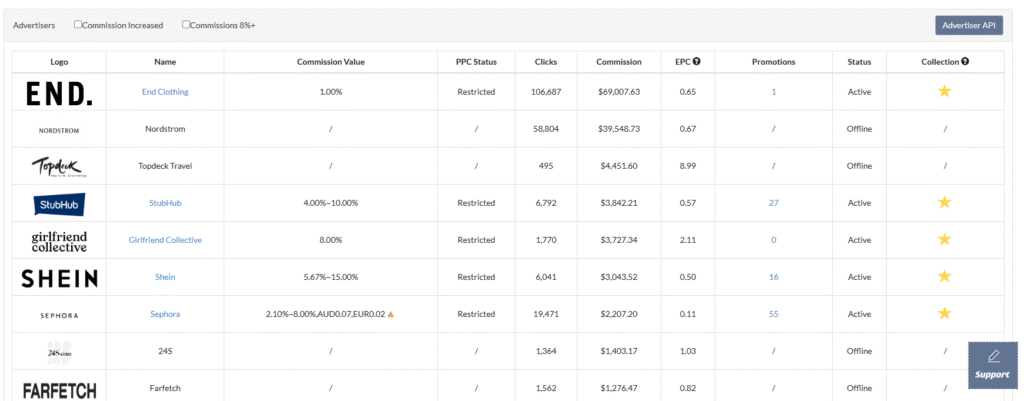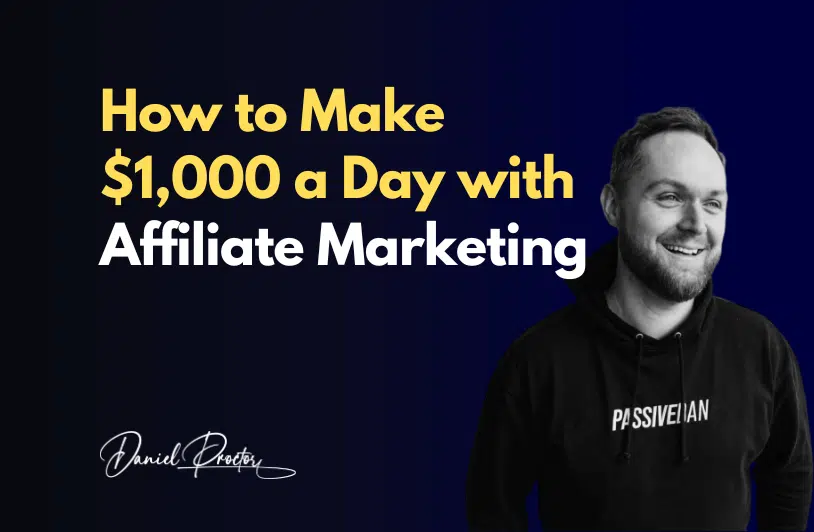Let’s talk real numbers. I mean, the kind that makes you blink twice—like $1,000 a day. Sounds big, right? I used to think that too. But over the last 10 years of mentoring people from literally all over the world—from total beginners to advanced marketers—I’ve seen it happen more than once. Not through luck. Through leverage, focus, and a few strategic moves that anyone can learn.
Let’s break this down. Casual. Real. No fluff.
What Does “$1,000 a Day” Actually Mean?
First off—this isn’t about hitting four figures every 24 hours like clockwork. Real life’s messier than that. Some days you’ll get $0. Other days? A $2,000 commission will land while you’re walking the dog. So yeah, it’s not linear.
What we’re talking about here is averaging $1,000/day over time. Some months you’ll hit $20k. Others might be closer to $10k. It’s about the system, not the spikes.

Step 1: Lock in a Niche That Doesn’t Make You Hate Life
If I had a dollar for every time someone said “Just pick a profitable niche,” I could skip this post entirely. But here’s the twist: if you hate your niche, you won’t stick with it. And that’s a fast track to burnout.
So, start with what you’re curious about. Could be productivity, could be finance, could be yoga mats for tall people (seriously). Then test it against things like:
- Buyer intent — are people already buying stuff here?
- Problem-solving power — is this fixing a real issue?
- Product availability — are there both low-ticket and high-ticket affiliate offers?
Need a bit more structure? Here’s a guide on finding your niche that breaks it all down.
Step 2: Choose the Right Platform (AKA, Where You Show Up)
This part is like dating. You’ve got options. But not every option is going to work for you long-term.
Here’s what works really well for affiliate marketers right now:
- YouTube – long-tail traffic, builds trust fast.
- Pinterest – underrated and still gold for evergreen stuff like personal finance and wellness.
- TikTok – fast growth, but kind of chaotic.
- Medium – great for writers who want organic traffic without building a site from scratch.
- Your own blog – best for long-term SEO (and your email list!).
Honestly, pick one you don’t hate. Master it. Then, and only then, add another
Step 3: Promote Products That Actually Pay (Well)
I can’t stress this enough—don’t waste your time promoting $15 products with a 5% commission. That’s a fast track to… exhaustion.
Instead, look for:
- Recurring commission tools like ConvertKit, ClickFunnels, or Systeme.io
- High-ticket affiliate programs – like some of the premium courses on Teachable or software like Kajabi
- Tools with good support – swipe files, funnels, tracking. Trust me, it helps.
Not sure where to begin? I pulled together a list of my favorite affiliate marketing tools and platforms that are actually worth promoting.
.
Step 4: Build a Simple Funnel That Nurtures, Then Converts
Please—don’t send people straight to your affiliate link.
Instead, build a tiny funnel. It can be basic, like:
- A landing page offering a free checklist or mini-guide.
- A thank-you page that introduces you or pre-sells the product.
- A short email sequence (5–7 emails max) that delivers value + sells.
That’s it. And tools like ConvertKit, Systeme.io, or GetResponse make it dead simple to set up.
Step 5: Drive Traffic That Doesn’t Suck
Not all traffic is created equal. 10,000 TikTok views from bored teens = meh. 100 highly targeted YouTube clicks = gold.
Here’s how I’d rank traffic sources (based on results from students and my own campaigns):
- SEO – takes time, but crazy consistent long-term.
- YouTube – builds authority + trust like nothing else.
- Pinterest – visual + evergreen = great combo.
- TikTok – hit or miss, but insane potential.
Pick one. Obsess over it. Give it 90 days.
Step 5: Drive Traffic That Doesn’t Suck
Not all traffic is created equal. 10,000 TikTok views from bored teens = meh. 100 highly targeted YouTube clicks = gold.
Here’s how I’d rank traffic sources (based on results from students and my own campaigns):
- SEO – takes time, but crazy consistent long-term.
- YouTube – builds authority + trust like nothing else.
- Pinterest – visual + evergreen = great combo.
- TikTok – hit or miss, but insane potential.
Pick one. Obsess over it. Give it 90 days.
Step 6: Track What’s Working (Then Do More of It)
Once you start seeing clicks and sales, don’t sit back. This is when it gets fun.
Try:
- Split-testing subject lines
- Rewriting your opt-in page headline
- Testing new lead magnets
- Optimizing your blog content for SEO
- Adding urgency to your emails
You’ll start spotting patterns—and doubling down becomes a no-brainer.
So… Is $1,000/Day Realistic?
Yep. It’s not “easy,” but it’s doable if you commit.
Here’s a (very rough) earnings breakdown that could get you there:
- 3–4 high-ticket sales per week = $2,000
- Recurring tools bringing in $600–$800/month
- A steady blog or YouTube bringing $500–$1,000/month in mid-ticket sales
- Occasional product launch promo = bonus cash
It adds up. But again, not always perfectly. Some days are quiet. Some days feel like Christmas.
Final Thought (or Maybe a Mini Rant)
You don’t need to be perfect. Or experienced. You just need to start. Most people stay stuck because they overthink or chase shiny new platforms every week.
My suggestion? Start messy. Test stuff. Build slowly. And don’t be afraid to sound like a human instead of a “guru.”
Quick Resources to Help You Start
- 📦 Grab my free Affiliate Launchpad guide – I walk you through everything from picking your niche to launching your funnel.
- 🧰 Browse my go-to affiliate marketing tools
If you’re serious about building something that pays you consistently—and doesn’t drain your soul—I’d start here.

